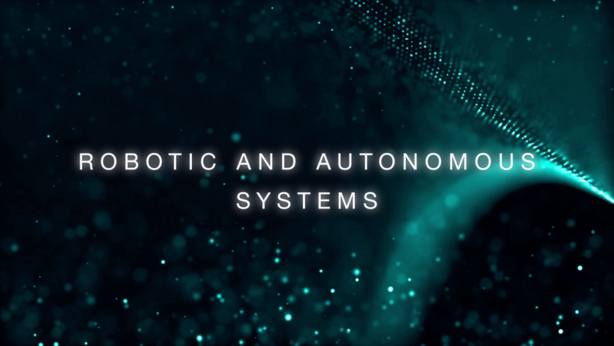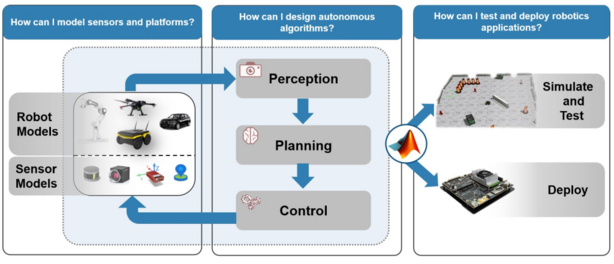Upgrade & Secure Your Future with DevOps, SRE, DevSecOps, MLOps!
We spend hours on Instagram and YouTube and waste money on coffee and fast food, but won’t spend 30 minutes a day learning skills to boost our careers.
Master in DevOps, SRE, DevSecOps & MLOps!
Learn from Guru Rajesh Kumar and double your salary in just one year.

Have you ever imagined a world where machines can operate without human intervention? This is the world of autonomous systems. Autonomous systems refer to machines and devices that can perform tasks without human direction. These systems use artificial intelligence, machine learning, and other technologies to make decisions and take actions based on their environment. In this article, we will explore the world of autonomous systems, their applications, and their impact on society.
What are Autonomous Systems?
Autonomous systems are machines that can operate without human intervention. These systems are designed to perform tasks that are too dangerous, difficult, or time-consuming for humans. They can also perform tasks that require a high degree of accuracy and precision. Autonomous systems use various technologies to operate, such as artificial intelligence, machine learning, and robotics.
Types of Autonomous Systems
There are different types of autonomous systems, including:

Autonomous Vehicles
Autonomous vehicles refer to vehicles that can operate without human intervention. These vehicles use sensors, cameras, and other technologies to navigate roads and avoid obstacles. Autonomous vehicles have the potential to reduce accidents, traffic congestion, and carbon emissions.
Drones
Drones are unmanned aerial vehicles that can fly without human intervention. These devices are used in various fields, such as surveillance, agriculture, and delivery services. Drones use GPS and other technologies to navigate and perform tasks.
Robotics
Robotics refers to machines that can perform tasks without human intervention. These machines can be used in manufacturing, healthcare, and other industries. Robotics use sensors, cameras, and other technologies to perform tasks.
Applications of Autonomous Systems
Autonomous systems have various applications, including:

Transportation
Autonomous vehicles have the potential to revolutionize transportation. These vehicles can reduce accidents, traffic congestion, and carbon emissions. Autonomous vehicles can also provide transportation services to people who are unable to drive.
Agriculture
Autonomous systems can be used in agriculture to increase efficiency and productivity. Drones can be used to monitor crops and collect data on soil moisture and nutrient levels. Robotics can be used to automate tasks such as planting, harvesting, and pruning.
Healthcare
Autonomous systems can be used in healthcare to improve patient outcomes. Robotics can be used in surgery to increase precision and reduce the risk of complications. Autonomous vehicles can be used to transport medical supplies and equipment.
Impact of Autonomous Systems on Society
Autonomous systems have the potential to transform society in various ways. These systems can increase efficiency, reduce costs, and improve safety. However, they can also have negative impacts, such as job displacement and privacy concerns.

Job Displacement
Autonomous systems can lead to job displacement, particularly in industries such as transportation and manufacturing. As machines become more advanced, they may replace human workers. This can lead to unemployment and economic inequality.
Privacy Concerns
Autonomous systems generate vast amounts of data, which can raise privacy concerns. These systems collect data on individuals’ movements, behaviors, and preferences. This data can be used for targeted advertising, surveillance, and other purposes.
Conclusion
Autonomous systems have the potential to transform society in various ways. These systems can increase efficiency, reduce costs, and improve safety. However, they can also have negative impacts, such as job displacement and privacy concerns. As we continue to develop and deploy autonomous systems, it is important to consider their impact on society and to ensure that they are used ethically and responsibly.

 Starting: 1st of Every Month
Starting: 1st of Every Month  +91 8409492687 |
+91 8409492687 |  Contact@DevOpsSchool.com
Contact@DevOpsSchool.com